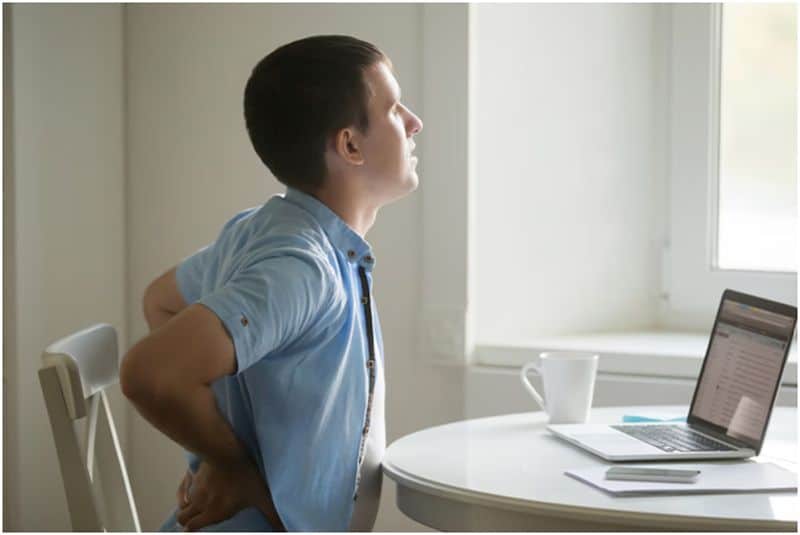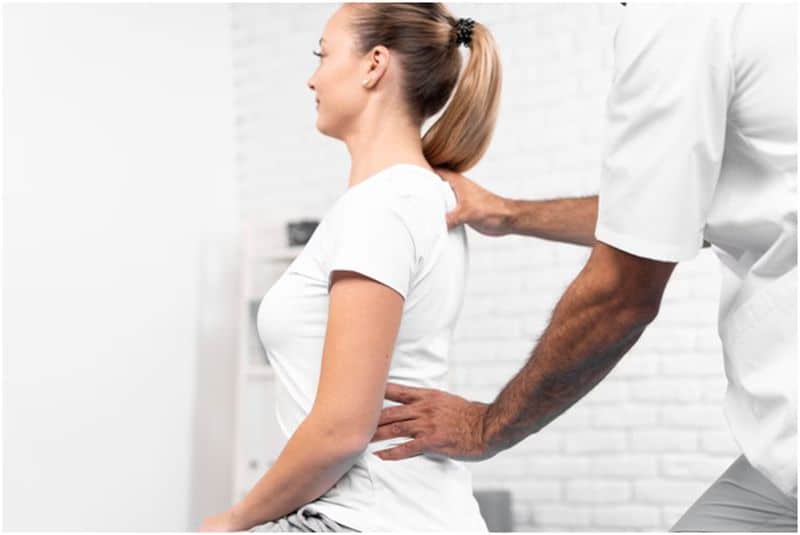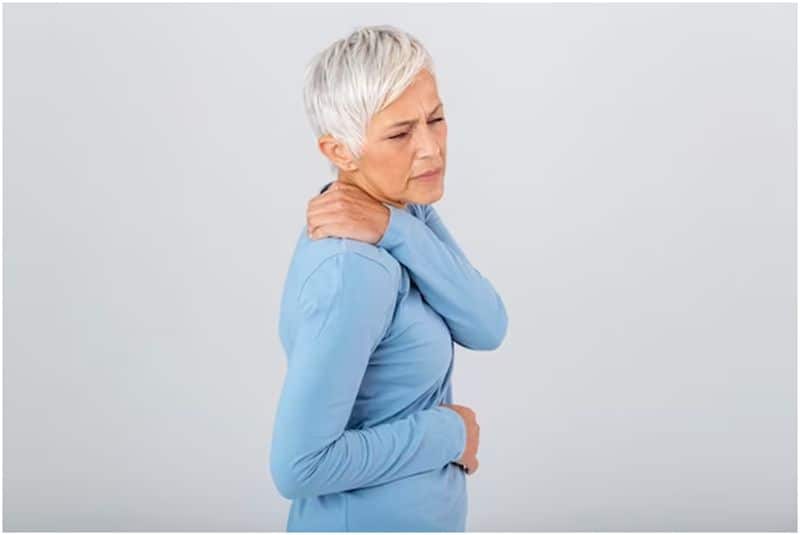Spine problems can affect anyone, of any gender or ages, however, such issues are typically more common in older adults, both middle-aged people and the elderly. There are a range of distinct problems that can affect the spine, from degenerative conditions relating to the lower back, or injuries that can lead to disease.
In this article, we will discuss what spine problems older adults can have, including the symptoms and possible causes.
Spine Problems that can affect Older Adults
In this section, we will list a number of spine problems that can affect older adults, including what causes them.
1. A Slipped Disc
A slipped disc can sometimes be referred to as a herniated, ruptured, or prolapsed disc and involves the soft tissue that sits between the vertebrae pushing out of its protective casing, coming into contact with the spinal cord/ surrounding nerves.
Depending on which part of the spine the condition occurs, it can cause lower back or neck pain, as well as making it difficult to bend your back. Maintaining mobility by walking and stretching regularly can help the disc heal naturally, but in some cases you may need to consult with a doctor who can prescribe painkillers.
This condition can be caused by over-exerting the back through too much exercise or repetitive strain, or it can just be a result of the aging process. A slipped disc can be prevented by regular and steady exercise, while smoking can also contribute to this type of deterioration in the body.
2. Osteoarthritis
Osteoarthritis is a condition that causes the joints between the vertebrae to become stiff, painful, inflamed, and uncomfortable to perform some movements. Other symptoms can include swelling and tenderness in the back.
Osteoarthritis can vary in its severity, with some people experiencing very mild or they notice no symptoms at all. Whereas other people can suffer from significant pain and are unable to carry out some of their daily activities.
3. CervicalSpondylosis
Cervical spondylosis can cause neck pain and is common among people over the age of 50. This condition is usually a result of the aging process due to wear and tear to the muscles and bones. In some cases, this can lead to more serious spinal problems and a consultation with a medical professional is advised if you show any of the following symptoms:
- Neck and shoulder pain
- Intermittent stiffness in the neck and shoulders
- Headaches that stem from the back of the neck
4. Spinal Stenosis

Spinal Stenosis is most common in the lower back (lumbar region) but can also occur in the upper back/ neck (cervical), and less commonly in the middle of the back (thoracic). This condition involves the narrowing of the spinal canal, resulting in pressure on the nerves that travel through the lower back and to the legs.
Although the condition can affect people of any age, it is more common among people aged 60 and over, as the narrowing can occur naturally over the decades. This can be caused by bulging discs, bone spares, and thickening of the ligaments.
If treatment proves ineffective, a doctor may recommend surgery for severe spinal stenosis to cure the problem.
Symptoms include:
- Pain, weakness, and numbness in the legs and buttocks
- Cramping when walking
- Pain radiating in one or both legs
- Possible loss of bowel or bladder function
5. Spondylolisthesis
Spondylolisthesis occurs when one of the vertebrae slips forward and presses against the spinal cord and nerves, resulting in pain in the lower back, which spreads to the buttocks and thighs. It can happen anywhere in the spine, but is more common in the lower back.
The pain often worsens when standing and is relieved when sitting down or bending forward, although spondylolisthesis does not always cause symptoms.
Spondylolisthesis sufferers can also develop sciatica depending on where the condition occurs.
6. Sciatica

The sciatic nerve runs from the lower back to your feet and sciatica is the result of this nerve being compressed or irritated. Often, this condition can ease naturally within 4-to-6 weeks, but can last longer for some people and return frequently.
Symptoms affect the buttocks, the back of the legs, feet, and toes and can include:
- Pain (burning, shooting, or stabbing)
- A tingling sensation
- Numbness
- Weakness
7. A Back Tumor
A spinal tumor is a mass of tissue within or surrounding the spinal cord/ column. This abnormality happens when cells grow or multiply and are not controlled by the normal bodily mechanisms that manage cell production. Spinal tumors can be benign (non-cancerous) or malignant (cancerous).
Tumors can apply pressure to the spinal cord and nerves, resulting in similar symptoms to spondylolisthesis and stenosis.
8. Ankylosing Spondylitis (AS)
Ankylosing spondylitis (AS) is the long-term inflammation of the spine and is a type of axial spondylarthritis. If a person shows signs of AS, then they will probably undergo an X-ray to check for changes in the spine. The condition first occurs in teenagers and young adults, but if left untreated can result in severe symptoms for older adults.
Symptoms may include:
- Back pain
- Stiffness in the back
- Swelling/ inflammation
- Fatigue
Symptoms often develop gradually over a period of several months and may come and go. Leading an active and healthy lifestyle can see the condition improve over time, but for some people, AS can worsen.
9. Kyphosis
Kyphosis is the curvature of the spine, causing the top of the back to become more rounded than normal. Everyone’s back has some degree of curvature,but any curve that exceeds 45 degrees is considered excessive.
For many people, kyphosis does not result in symptoms other than the physical appearance of the spine. For others, kyphosis could cause pain, stiffness, tenderness, and tiredness. The condition is more serious for adults than children, and in severe cases, sufferers may experience difficulty when breathing and eating.
Thank you for reading. If you suffer from any of the symptoms above, then it is advised to seek a consultation with your doctor as soon as possible.
Article Submitted By Community Writer




